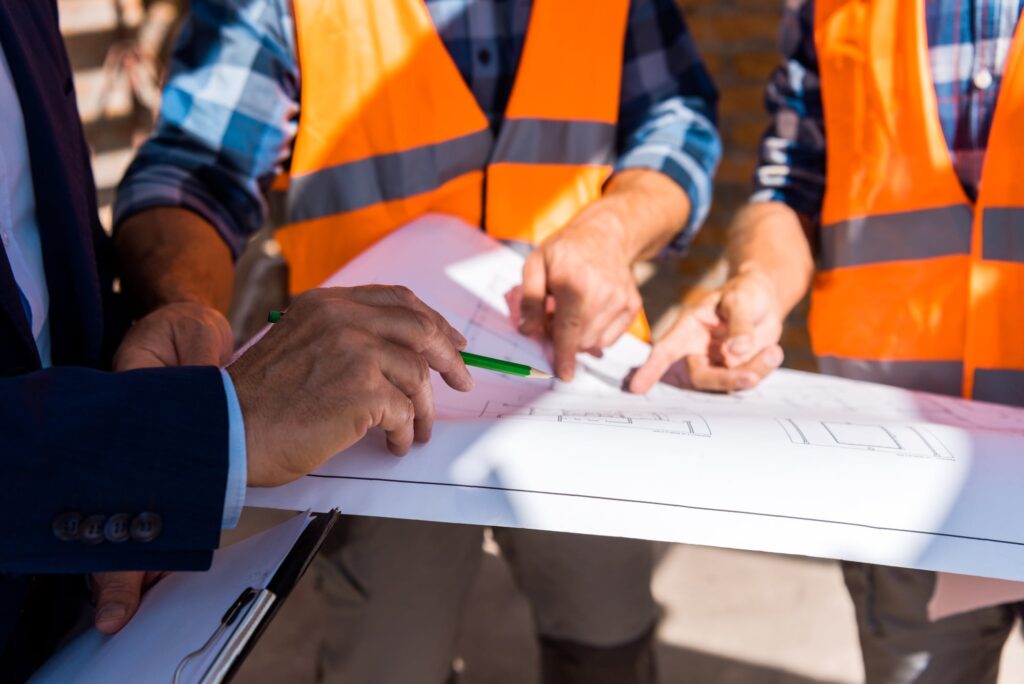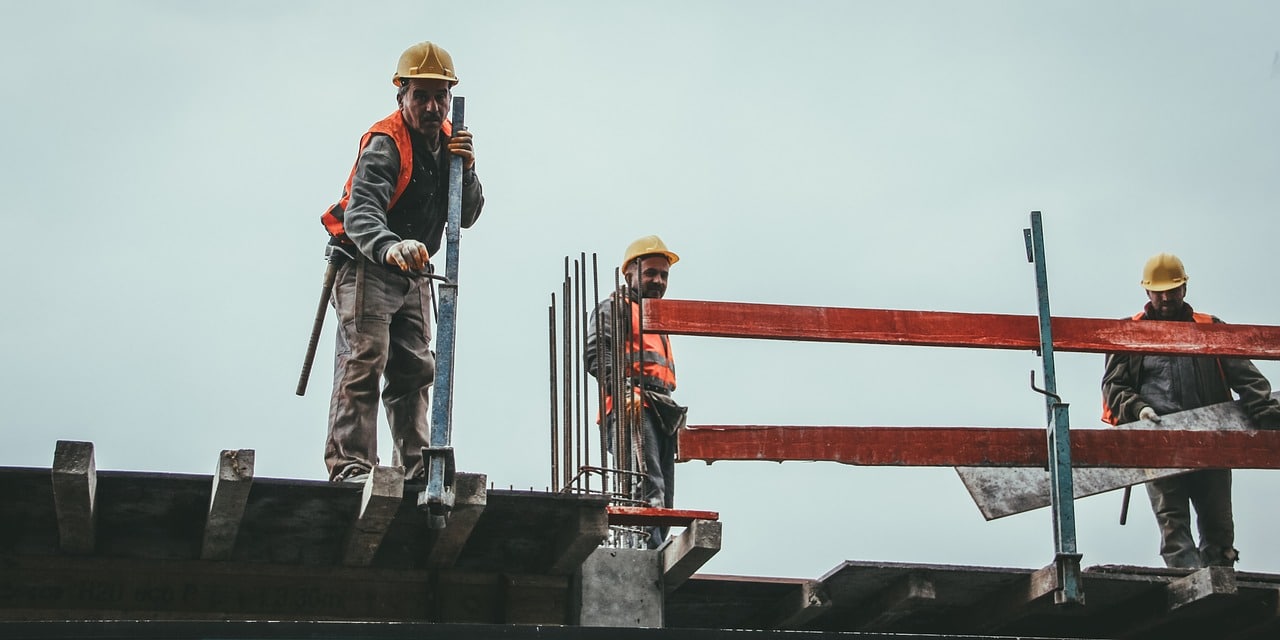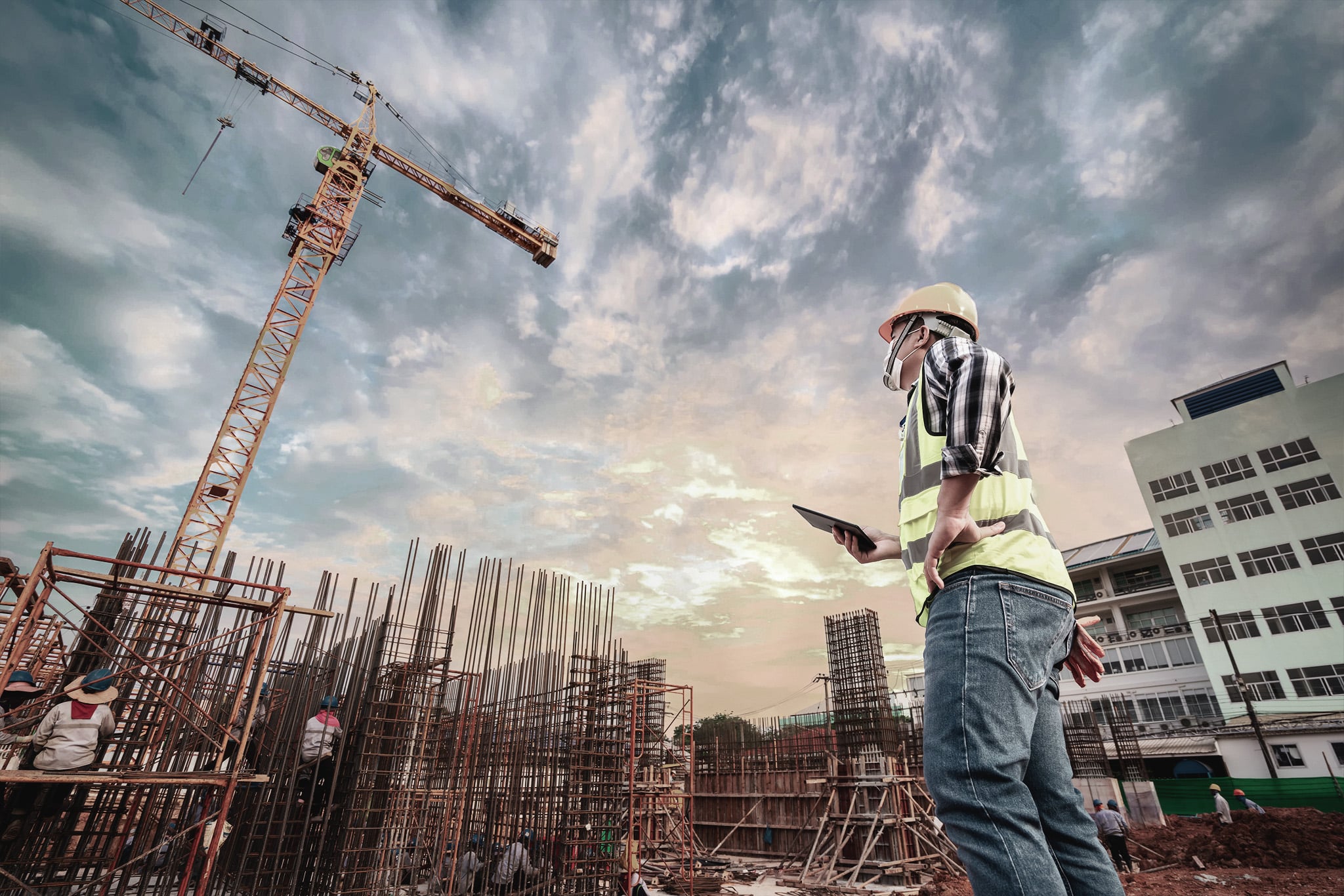As construction faces the serious effects of the Coronavirus outbreak, more and more companies are forced to either shut down their sites or, in the best-case scenario, limit their operating activities.
![]()
Like that, remote working has announced its presence to the construction industry leading many stakeholders to change their habits and adopt a new way of working and communicating with their teams.
This new reality poses a big challenge for Project Directors and Project Managers around the world who try to manage their construction sites remotely and keep their workforce connected.
Read more: How to manage your construction sites during and after COVID-19
Now, if they are going to manage their sites remotely, what do they need to know? The answer to that question is pretty much everything: Memos, drawings, evidential photos, specification changes, adverse weather, letters, people on site, perhaps most importantly progress against the Build Programme, and so it goes on. Everything! Remember that these people have to initiate things themselves like letters, memos and phone calls, as well.
So how do we manage to create a situation where they can keep their projects going and their teams on the same page despite the fact that they have to work remotely?
The answer to this question is quite easy if we consider that they can maintain constant access to all project data simply by using their smartphone, laptop, or tablet. Through the use of the right construction software the remote management of a working site can happen much easier than you might think.
Of course, a digital tool is not a cure. It’s not a system that can function independently without us. In order for a digital tool to succeed, there needs to be a will to change the underlying behaviour.
A digital tool is an investment to improve current work processes and to fix a problem. But it cannot do it on its own. It can only act as a catalyst for change. It is a tool that needs support, hard work and dedication to provide results.
Implemented the right way, a digital solution can make remote working easier, ensure visibility on site, and improve efficiency levels.
Without further ado, here are five steps that will allow stakeholders in construction to overcome remote work challenges and manage their multiple projects and sites in a proactive and data-driven manner:
1. Choose a sector-specific digital tool
Many in construction use WhatsApp or similar digital platforms to stay on top of their short-term planning. And we understand why. It enables real-time communication, you can add photos and videos and share them in groups with multiple users and you can even tag people. It’s already a step forward compared to lifeless and outdated Excel sheets.
But there is an important problem in this approach. WhatsApp, Zoom, or Microsoft teams aren’t built for this purpose. As a result, a number of challenges appear when you try to rely on a digital solution like that to connect your 3-6 week planning to the master schedule.
First of all, the data you have shared through WhatsApp is static and lacks the context project teams need to plan ahead and monitor the progress of their tasks. If you decide to use WhatsApp for your reporting and monitoring processes, you will eventually need to employ someone just to extract information from the platform on a weekly basis so that everyone can stay updated.
That being said, it quickly becomes clear that Project Managers and Project Directors need to rely on construction software that will allow them to maintain full visibility over both the short and long-term planning of their projects. And that can happen only with a sector-specific tool that will allow you to keep your teams connected.
At LetsBuild, we understand this need well and we have the right tools and strategy to help you reduce construction delays and rework without increasing your budget.
2. Connect your data to your tasks
Now that we have highlighted the importance of implementing a sector-specific digital solution, it is essential to take a closer look at the effort of your teams to stay on top of their tasks and report critical updates in real time.
As we mentioned earlier, it is vital that the data you collect isn’t static. In other words, the feedback captured from the field should be linked directly to the respective tasks so that the project participants can have an accurate view of what’s coming next and define the needs of your project in good time.
Furthermore, the right people need to have access to the right pieces of information. It sounds simple but it really isn’t. When a project team in construction uses tools, such as WhatsApp or Microsoft Teams, there is always the danger that the team members end up communicating and working in silos.
Simply put, the absence of a central data repository may lead to miscommunication and costly mistakes that can harm the development of your projects. In situations like the one we experience today, a clear communication path between the numerous stakeholders is a must-have. Everyone should be able to connect their data to the 3-6 planning and see the impact of their latest updates on the master plan in real time.
3. Invest in training
The success of working remotely in construction is vastly dependent on the tools that your organisation implements but it also requires a strong digital strategy and the commitment of your team. In a sentence, it’s substantial that people, processes and tools are all perfectly aligned.
And that can only be achieved through training and continuous investment in increasing the digital maturity of your business. In that sense, introducing mobile reporting to your construction teams is a crucial step in the effort to keep them connected. And that’s something that they need during and after the Coronavirus outbreak.
Because this is not a quick fix that will no longer be necessary once the COVID-19 outbreak is set under control. We are talking about a data-driven approach that allows you to always be on top of your projects either you are working from the site or remotely.
For that reason, good onboarding is key. That’s another factor you need to take into consideration when you choose the tool that will help you support the digitalisation of your reporting processes. You need a team that has done this before and can provide you with personalised support throughout your entire journey.
4. Plan for the future
Sooner or later the Coronavirus outbreak will stop being a threat to our societies and the construction industry. Nevertheless, this crisis situation has shed light on some of the biggest problems that construction is battling against (i.e. lack of accountability, admin and mental workload, siloed communication, etc).
![]()
Without exaggeration, it has been a strong wake-up call for many stakeholders in the sector who these days realise the importance of going digital with your reporting and planning processes.
Find also: How to stay connected with your teams as Coronavirus hits construction
So, if you haven’t done it already, now is the perfect moment to start planning ahead and open up to the opportunities that digital technologies bring to the entire industry.
Because being able to increase visibility across the supply chain, even when you are working remotely, is a tough but certainly crucial mission in every construction project. Only then, it will be possible for the project team to deliver successful projects on time and stay within budget avoiding unnecessary delays and costly reworks.
5. Prioritise safety
The last step is mostly dedicated to the construction heroes who have to show up on the site under these tough circumstances to keep the projects going and ensure that everything will be delivered as expected.
It goes without saying that their safety and the safety of all project participants should always be the main priority. Especially, when we take into account that construction is probably the industry with most workplace accidents all over the world.
So you need to make sure that your construction sites are complying with all the required safety regulations and that your field personnel has everything they need in order to operate in a safe and productive way. That’s even more critical during these days where construction is hit by the COVID-19 outbreak.
This is again an area where a reliable construction software can play a decisive role, as it can provide Project Managers and Directors with the clarity they need in order to make working sites a safe place. So once again, the power is in the data and the way in which they are connected to the master plan.
Remote working in construction is here to stay regardless of the circumstances
The COVID-19 outbreak pushed construction to a new reality where remote working is the go-to strategy wherever that’s possible. Naturally, this has generated a lot of confusion but it has also gradually shown that construction is an industry that is able to adapt quickly to the new reality and take the right safety measures in a timely and responsible manner.
Governments and associations are now supporting the effort of the industry to be as creative and innovative as possible to keep open while staying safe. So it is crucial that through this crisis all stakeholders in construction remain optimistic and plan ahead.
By digitalising their systems and processes, they pave the way for very positive long-term changes in the sector. Both our societies and construction have experienced a shock that forced them to re-evaluate the best way to operate and the discussion for digitalisation as an essential competitive and survival tool is getting louder every day.
Now more than ever, it’s the time for construction to accelerate and become more efficient, cleaner and safer using digital solutions. And remote working is expected to be part of this paradigm shift as a result of better communication and data sharing between the different project agents.





